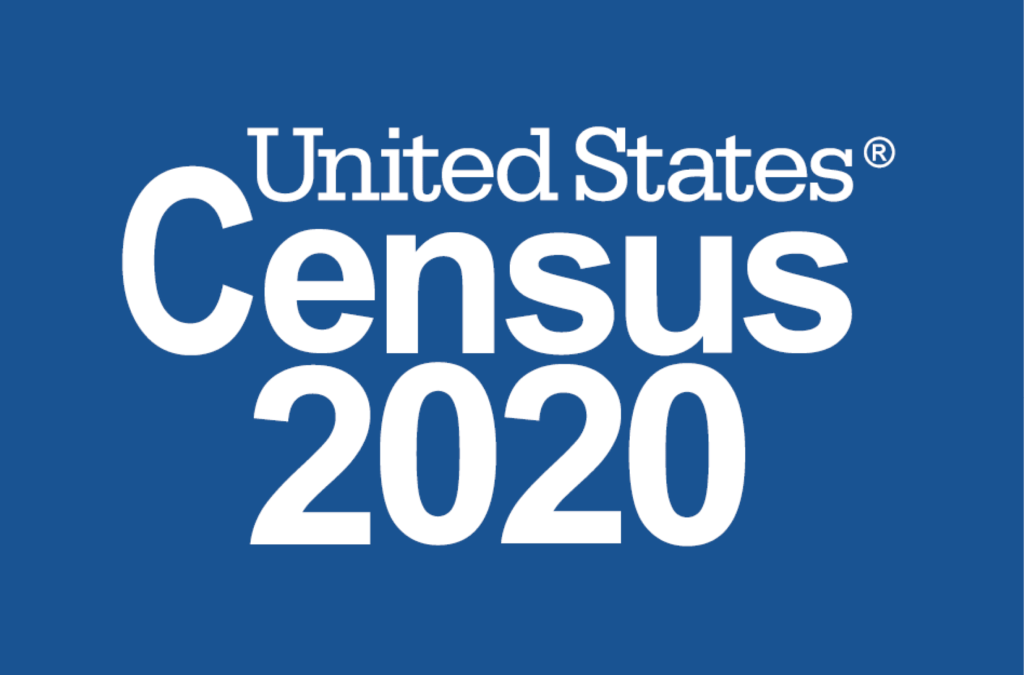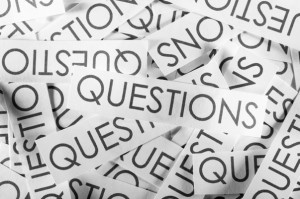Why I Loved Being A Census Taker!
Who would have thought the 2020 Census would have been both a joy and a sh*tstorm?
When I signed up to be a census enumerator around this time last year, I thought I was just making a difference in my community while making a little extra cash. But after doing it, I came away from it with a lot more.
Because of the pandemic, everything about the census was done online. I had to go through an eight-hour online training session. I never met my manager, supervisor, or most of the other enumerators during my time with the census. All of my interactions were done using a government-issued phone with them and any information I received from residents was inputted there. I met great people from all walks of life. I also lost a lot of weight walking between five to nine miles a day, as I don’t have a car!
The census is the largest peacetime project the federal government undertakes. Every ten years, the U.S. Census Bureau counts everyone in the country. The results are used to determine funding for resources in your community and congressional representation. About half of census-guided funding goes towards Medicare!
Unfortunately, because the census ended early on October 15, a lot of people may have not been counted. Let’s hope the Biden administration will consider finishing the count in the new year. The 2020 Census cost $15 billion to undertake, which many elected officials think is already too expensive, so I don’t see a full-scale recount, but something should be done to complete it.



